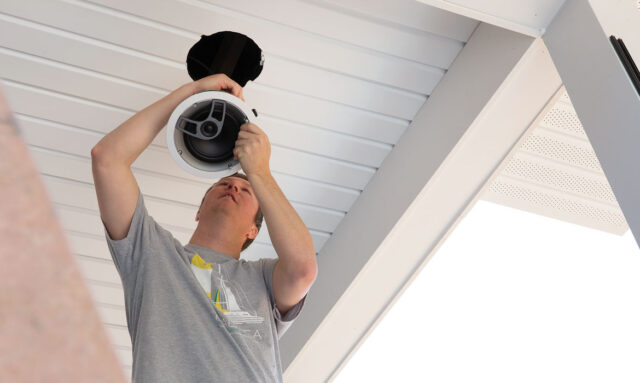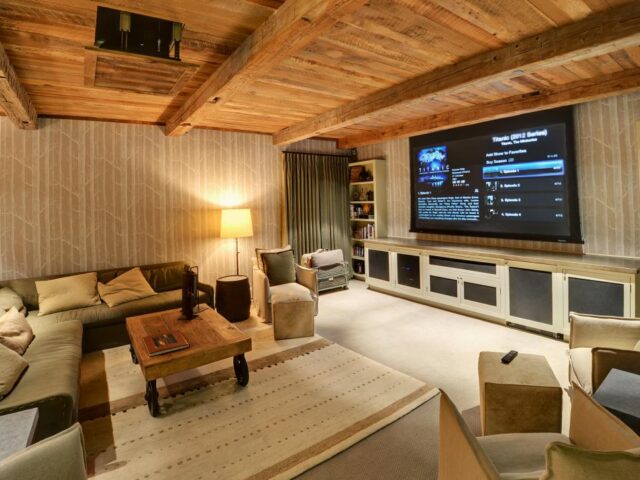A whole-house audio system can be an amazing addition to your home, enhancing your listening experience in a number of ways. In this article, we’ll give you the tips you need to plan and install your own whole-house audio system.
What is a Whole-House Audio System?
A whole-house audio system is a comprehensive home audio system that includes speakers throughout the house. This type of system is perfect for people who want to experience high-quality sound throughout their home. You can install a whole-house audio system yourself or hire a professional to do it for you. Here are some tips for planning a whole-house audio system:
- Choose the right speakers. Whole-house audio systems require speakers that are powerful and able to reach every corner of the room. It’s important to select speakers that fit your needs and the size of your room.
- Choose the right amplifier. Whole-house audio systems require an amplifier to power all of the speakers. Make sure you choose an amplifier that is powerful enough to meet your needs and has a range of features, such as Bluetooth compatibility and auxiliary input jack.
- Choose a source device. To enjoy music from your whole-house audio system, you will need a source device, such as an iPod, CD player, or MP3 player. Select a device that fits your needs and is compatible with your amplifier.
- Install cables and connectors. Cables and connectors are essential for connecting your source device to your amplifier and speakers. Make sure you install the appropriate cables and connectors to ensure a seamless experience when listening to your music.
Setting Up Your Whole-House Audio System

Setting up your whole-house audio system can be a daunting task, but with a little preparation, knowledge and adequate AV support, you can get the most out of your home audio system. Here are some tips to help you get started:
1. Decide What You Want From Your System
What is AV support? Before you start shopping for components, it’s important to figure out what you want from your whole-house audio system. Do you want to be able to enjoy music in every room of your house? Or do you want to be able to zone in on specific audio sources in specific rooms? Once you have an idea of what you need, it will be much easier to shop for the right components.
2. Plan Your Installation Route
Once you have a general idea of what you need, it’s time to start planning your installation route. Make sure to account for any existing wiring in your house and make sure the component locations are compatible with each other. Also, make sure that the component locations are accessible and fit within your home décor.
3. Get a Quote from a Professional Installer
If installing your own whole-house audio system is something that you’re interested in, it’s important to get a quote from a professional installer. A professional installer will have the expertise and knowledge needed to install your system correctly, and they will also be able to provide you with a price estimate for the project.
4. Choose the Right Components for Your System

Once you have a rough idea of what you need and where you want your components to be located, it’s time to start shopping. There are a variety of options available when it comes to whole-house audio systems, so it’s important to choose the right one for your needs. Make sure to read customer reviews before making your purchase, as this can help you get an idea of how well the system performs in real-world situations.







